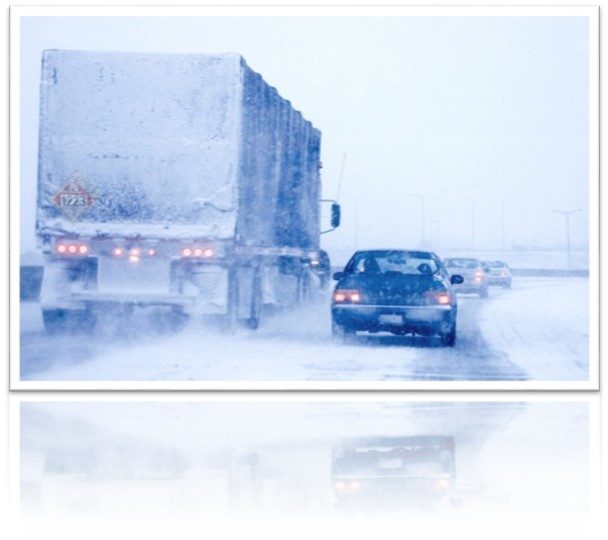

**The Influence of Weather Conditions on Road Safety**
Driving is an activity that countless individuals partake in each day, frequently without acknowledging the considerable effect that weather conditions can have on safety on the roads. From torrential rain to thick fog, unfavorable weather can drastically change driving settings, heightening the chances of accidents and compromising overall road safety. It’s vital for all road users to comprehend how varying weather conditions influence driving and to implement suitable safety precautions.
### 1. Rain and Slick Roads
Rain is among the most frequent weather elements that adversely affect driving. Wet surfaces diminish tire grip, raising the probability of sliding or hydroplaning—when a vehicle’s tires lose contact with the roadway due to a water layer. Visibility tends to be hindered during rain, particularly in heavy showers.
**Safety Recommendations:**
– Slow down and extend following distance.
– Activate headlights to enhance visibility.
– Steer clear of abrupt braking or sharp maneuvers.
### 2. Snow and Icy Conditions
Snow and ice create some of the most perilous driving situations. Ice, especially black ice, is often not visible and extremely slick, complicating drivers’ efforts to maintain control. Snow can conceal road markings and visibility while making it challenging for vehicles to decelerate.
**Safety Recommendations:**
– Outfit your vehicle with winter tires.
– Drive cautiously and adjust speed gradually.
– Maintain a secure distance from other cars.
### 3. Fog
Fog considerably diminishes visibility, often making it tough to spot vehicles, road signs, and traffic lights. This reduction can lead to slower reaction times and a heightened threat of accidents.
**Safety Recommendations:**
– Utilize low-beam headlights or fog lamps.
– Refrain from using high beams, which may reflect off the fog and hinder visibility.
– Drive carefully and be ready for sudden stops.
### 4. Wind
Strong winds can influence vehicle steadiness, particularly for taller vehicles like trucks, vans, and SUVs. Wind can also carry debris onto the road, creating unforeseen hurdles.
**Safety Recommendations:**
– Hold a steady grip on the steering wheel.
– Exercise caution when overtaking larger vehicles.
– Stay alert for debris and fallen limbs.
### 5. Sun Glare
Intense sunlight, notably at sunrise and sunset, can produce glare that interferes with a driver’s vision of the road ahead. This is particularly hazardous when driving directly into the sun.
**Safety Recommendations:**
– Wear polarized sunglasses and use sun visors.
– Keep your windshield clean to minimize glare.
– Increase following distance to allow for more time to react.
### 6. Flooding
Intense rains can result in flash floods, which are a grave concern for motorists. Even a few inches of water can lead to loss of control or engine stalling. Deeper water has the potential to sweep vehicles away.
**Safety Recommendations:**
– Steer clear of driving in flooded zones.
– Turn around and seek an alternate route if water covers the roadway.
– Stay informed about flood alerts and road closures.
### 7. Temperature Extremes
Extreme heat and cold can influence vehicle performance. High temperatures might cause tire blowouts and overheating engines, while cold weather can diminish battery efficiency and lower tire pressure.
**Safety Recommendations:**
– Frequently check tire pressure and fluid levels.
– Ensure your vehicle is properly maintained for seasonal variations.
– Carry emergency gear in case of breakdowns.
### Conclusion
Weather conditions significantly impact driving safety, often necessitating adjustments in driver behavior and vehicle control to adapt to the surroundings. By recognizing the dangers associated with various weather types and implementing necessary safety measures, drivers can greatly diminish the risk of accidents and provide a safer experience for themselves and others on the roadway. Always stay updated on the weather outlook prior to travel and be ready to postpone or change your route if conditions turn too hazardous.






